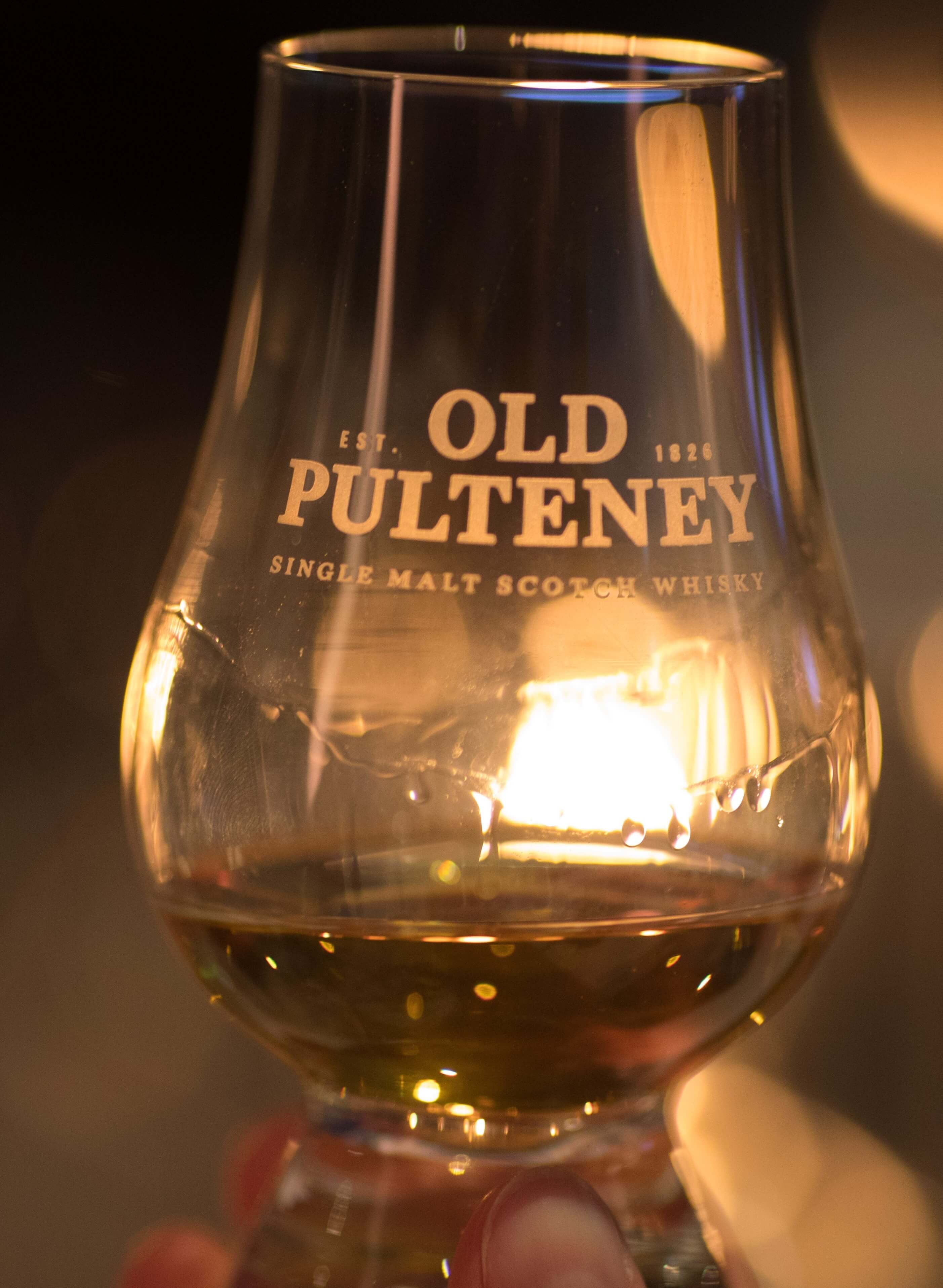Scotch Whisky Cask: Part Two
Today we bring the second article in our two part quick-guide to the Whisky Cask.
Read more
We explore the definition of Scotch whisky
From it’s geography, ingredients and even its spelling Scotch whisky is somewhat different from whiskey and bourbon. In this blog we explore definition of Scotch whisky from Scotch Whisky Regulations 2009 and sharing with you what truely makes makes whisky Scotch, Scotch whisky!
1. Scotch MUST be made in Scotland
Possibly the most important factor in making Scotch is that it must be made in Scotland. Our Distillery is situated in Wick and is one of Scotland’s most northerly distilleries.
2. When making Scotch, only three ingredients can be used – water, malted barley and yeast.
At Pulteney, we are lucky enough to get our water locally from Loch Hempriggs, a few miles from Wick. Its abundance of pure soft water which has a remarkable effect on our whisky making process. Once brought in by the sea due to our distillery’s extreme location, our malted barley is now sourced from the UK’s leading suppliers. Yeast becomes involved in Scotch during the fermentation process. We use dried yeast at Pulteney which is unusual, as it takes longer to work than the liquid variety but ensures consistency of the product. Pulteney Distillery houses seven stainless steel washbacks which allow us a working capacity of 23,500 litres.
3. Scotch must be distilled a minimum of two times in copper pot stills.
Our unusually shaped pot stills, with notably large boiling balls, which allow our whisky to have a more fragrant character and also helped to inspire the shape of our bottle.
4. The spirit then must be filled into oak barrels and matured in Scotland for a minimum of three years.
Over 90% of casks used to mature Old Pulteney previously held American Whiskey. Seasoned White Oak is the perfect match to distillate and helps showcase our natural flavour.
5. Once the ultimate maturation point has been reached, Scotch cannot be bottled at a strength of less than 40% ABV.
Our core collection of 12 YO, Huddart, 15 YO and 18 YO varies from 40-46% which is what we believe to be the optimum point of maturation for these new expressions.
To visit our website, you must be of an age at which the purchase and consumption of alcohol is permitted according to the legislation in your country of residence.
If there are no laws on this matter, then you must be at least 18 years old.
Terms and ConditionsAlcohol abuse is dangerous to your health.
Drink Responsibly.